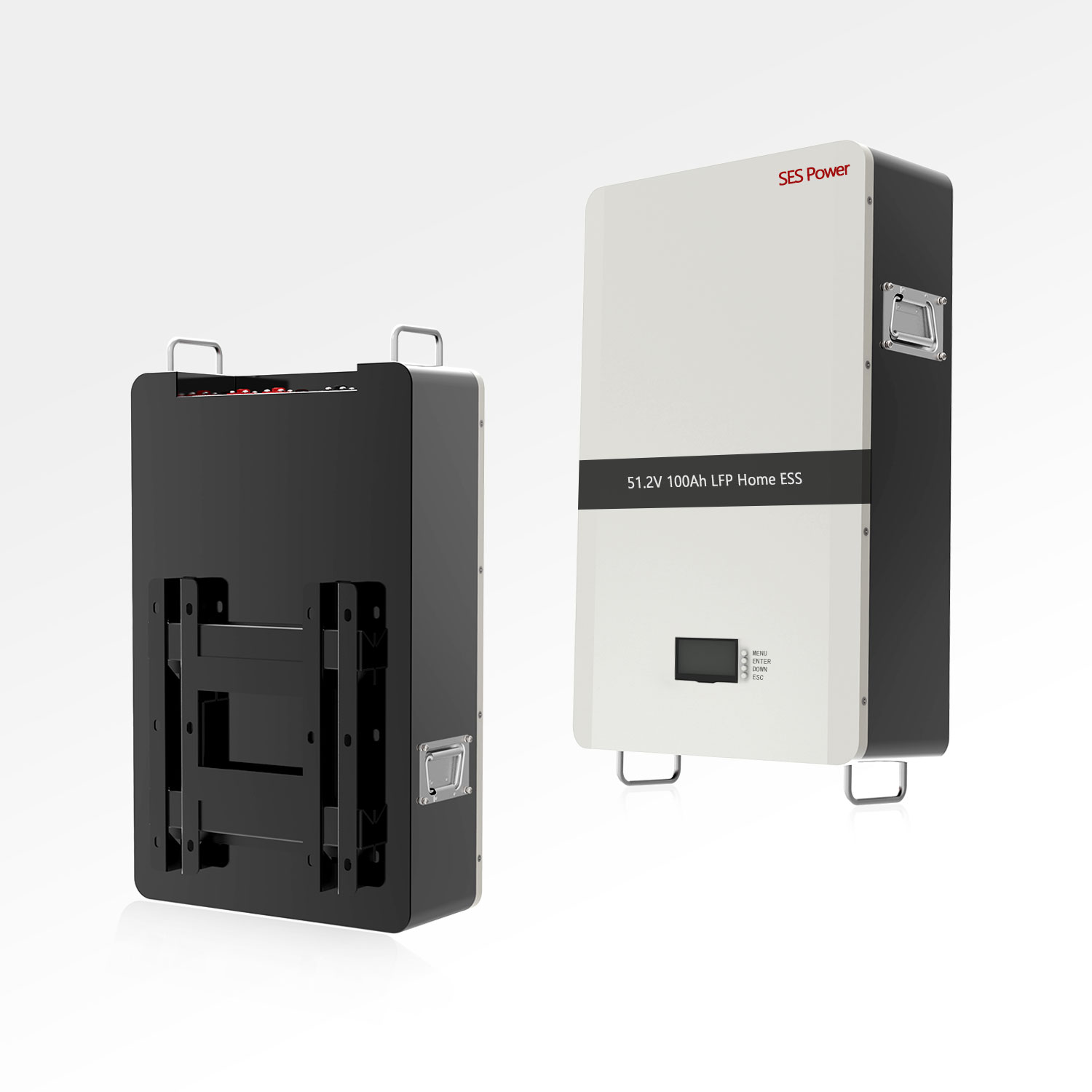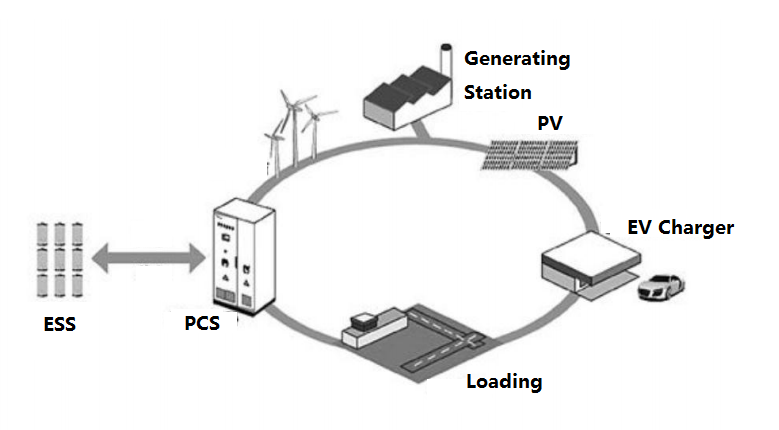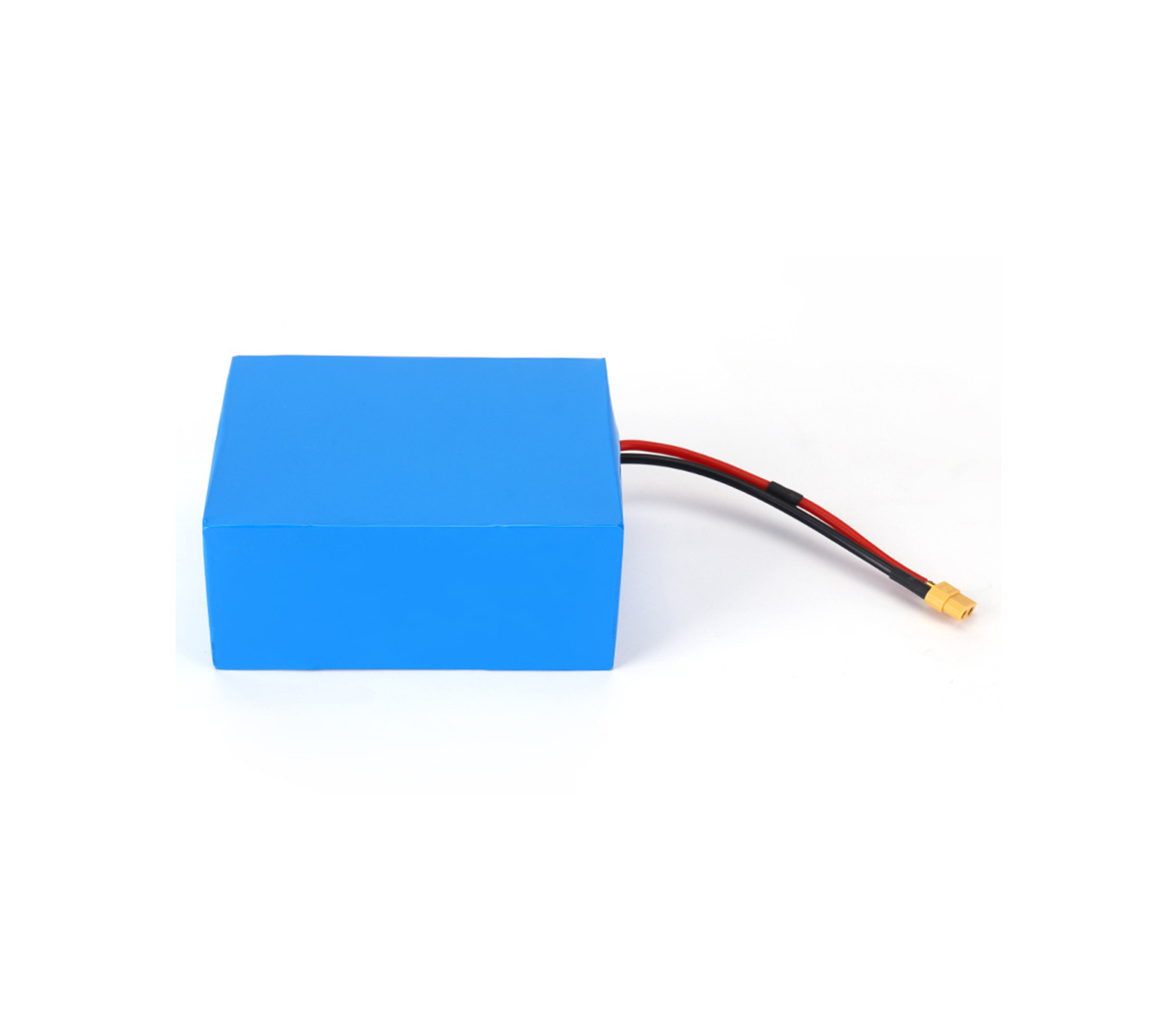Russia-Ukraine conflict, soaring energy prices, climate anomalies, more and more households began to equip with household energy storage to deal with the dilemma of power shortage. But the big surprise is that the fire this year, these "large charging treasure", almost all made in China.
According to the data, China contributed 91.9% of the world's portable energy storage products production. Accounting for half of the market share of the top five (revenue), only the third-ranked Goal Zero for the United States manufacturers, but it is also the foundry by the Chinese factory supply.
Of course, Made in China will not be limited to the small track of portable energy storage. This is evident in the movement of the newly listed outdoor energy storage leader, Huabao New Energy, which is beginning to shift its second growth curve to the home energy storage market. In the whole R&D investment of Huabao New Energy, the highest budgeted R&D project is home energy storage research.
The same goes for Ecoflow, whose product DELTA Pro is capable of providing 3.6 kWh of capacity by itself, and can also be expanded to a maximum of 25 kWh by adding power packs and other means, enough to meet the electricity needs of a family for several days; Delan Minghai even launched a home energy storage product this year that can be expanded to a maximum of more than 70 kWh.
A large market often means more intense competition. In terms of cost structure, batteries account for 67% of the cost of energy storage systems. Compared with power batteries, energy storage batteries have lower energy density requirements.
Therefore, power battery companies have long been descending on the home energy storage market. For example, Tesla, the head of electric vehicles, also accounts for the largest share in home energy storage. According to S&P Global data, Tesla has a global market share of 18% and a 55% market share in the United States.

(Tesla home energy storage products Power wall)
In a more macroscopic dimension, electricity is "produced" from the generation side and delivered to customers through a dense grid. Customers can be further divided into B-side customers and C-side customers, the above-mentioned portable energy storage and home energy storage collectively known as household energy storage, is the C-side customers of the grid. In this chain, each link is an application scenario for energy storage.
SES Power launched home energy storage products in the field of energy storage very early, such as LiFePO4 12V100Ah, 12V200Ah, 24V100Ah, UPS high-voltage Li-ion battery system (up to 860V), 3Kw~20Kw off-grid, grid-connected, islanded Li-ion battery energy storage system, wall-mounted form of home energy storage system 48V100Ah, 48V200Ah, stacked energy storage system (single 51.2V100Ah, supporting up to 15 stacks), etc.

We try to answer the following questions: 1. Why do we need energy storage? What value can energy storage bring? 2. What changes have occurred in the energy storage industry this year? What are the reasons behind these changes? 3. Where are the most valuable investment links in the energy storage industry chain?
A: Why do we need energy storage? What value can energy storage bring?
To understand the development of energy storage, we have to start with the evolution of the energy structure.
Since 1800, the human energy structure has undergone three transformations: the first was the increase in the use of coal in the context of the industrial revolution; the second was the invention of the internal combustion engine and the penetration of the automobile, which increased the demand for oil. At the same time, natural gas, with its higher thermal efficiency, gradually replaced coal in some areas such as heating.
The third shift is at the present time, as carbon emissions are increasing and a series of extreme reactions to global warming are becoming a real problem.
As a result, countries and regions have put forward the dual carbon targets of "carbon peaking" and "carbon neutral" one after another. In September 2020, China officially proposed to achieve "carbon peak" by 2030, which means that carbon emissions will reach the highest point and then gradually start to decline, and "carbon neutral" by 2060, which means that the amount of carbon emitted and the amount of carbon absorbed will be offset positively and negatively. The carbon neutrality will be achieved by 2060.
Coal is currently the most dominant form of power generation in China, accounting for 70% or more of the electricity generated. To meet the carbon neutrality requirement, China has continued to increase the amount of new energy generation, 60% of which comes from wind and solar power.
In this context, the increase in the share of renewable energy is a definite trend. However, compared to traditional energy sources, there is instability in both the use of wind and sunlight to generate electricity. Simply put, wind is intermittent and photovoltaic power generation is only possible during the day. Such instability is transmitted to the grid connection after power generation.
In order to protect the stability of the grid, only a specific amount can be generated each day, and the best way to generate light and electricity that cannot be utilized is to store it up first and then connect it to the grid when the load on the grid is low.

This is why we need energy storage systems.
B: What changes have occurred in the energy storage industry this year? What are the reasons behind these changes?
Depending on the technical principle, the ways of storing electricity can be divided into mechanical energy storage and electrochemical energy storage. Among them, mechanical energy storage includes pumped energy storage, compressed air energy storage, flywheel energy storage and super capacitor energy storage; electrochemical energy storage is done in the form of charging and discharging energy storage batteries, which can be further subdivided according to battery materials.
Interestingly, pumped energy storage is currently the mainstream form of energy storage, accounting for more than 90%.
It can be simply understood that electrical energy storage in addition to pumped energy storage are new types of energy storage.
Compared with pumped energy storage, electrochemical energy storage has the advantage of being more flexible, with lower initial cost of construction and shorter cycle time. More importantly, it does not have geographical limitations and has a wider range of applications
The biggest variable at the international level is taking place in Europe. Europe is facing an energy crisis due to changes in the external environment.
Europe gets 20% of its electricity from natural gas, and according to the data, 83% of EU gas in 2021 is dependent on imports, of which Russia accounts for a large part.
This leads to two results: First, European electricity prices are rising rapidly, S&P data show that from mid-2020 to 2021 kind of European electricity prices are still stable, in about 50 euros / MWh show a slight upward trend, while in 2022, geopolitical influence, the highest price of electricity more than 6 times; Second, due to possible damage to the pipeline, there is great uncertainty in the power supply.
Since the grid "can not be relied on", it is better to generate their own electricity. More and more European consumers are putting solar panels on their rooftops, and household energy storage is accelerating along with PV penetration. It is estimated that the installed capacity of European household energy storage will more than double in 2022. In the longer term, the CAGR to 2025 is over 70%.
Falling upstream costs are also fueling the industry's takeoff. Taking lithium-ion batteries, which account for more than 90% of electrochemical energy storage, for example, their energy density has nearly doubled in the past five years, and cycle life has more than doubled.
Even though the price of lithium carbonate, the upstream raw material for batteries, is still rising, the cost of energy storage systems has dropped by about 60%. What's more, with the development of power batteries as a reference, the cost of energy storage batteries will drop further in the future.
C: Grading of energy storage industry chain
The energy storage industry chain can be subdivided into five levels.
The first level is the raw material, in which the battery material accounts for the majority. Battery materials include cathode materials, anode materials, electrolyte and diaphragm, of which cathode materials account for the highest proportion, specifically, LiFePO4 and ternary batteries are 48% and 58% respectively.
The second level is the energy storage equipment, in which the battery accounts for two-thirds of the cost, and the remaining major parts are PCS, BMS and EMS.
The last three links of the industry chain are integrators, installers and end customers. The integrator mainly tests the brand's channel ability and brand capability; the installer mainly tests its service capability to the end customer.
Portable energy storage industry chain links are less, the upstream and midstream links are similar to household energy storage. The installation link is omitted, and it is sold directly by the integrator to the C-terminal customers or through another layer of distributors in the middle.
If the current energy storage manufacturers indulge in the existing order situation, not as soon as possible with the best efforts to increase investment in research and development, soon the market will abandon these companies.
The reason is very simple, the human desire for energy is almost endless, if this five-level classification practitioners do not work hard, then it will lose the market, people always want to use cheaper, greater energy lithium battery energy storage system.
As a manufacturer with nearly two decades of experience in the lithium battery industry, SES Power understands this truth, so we have not stopped our research and development. If you have questions about lithium batteries, you are welcome to contact us.





































